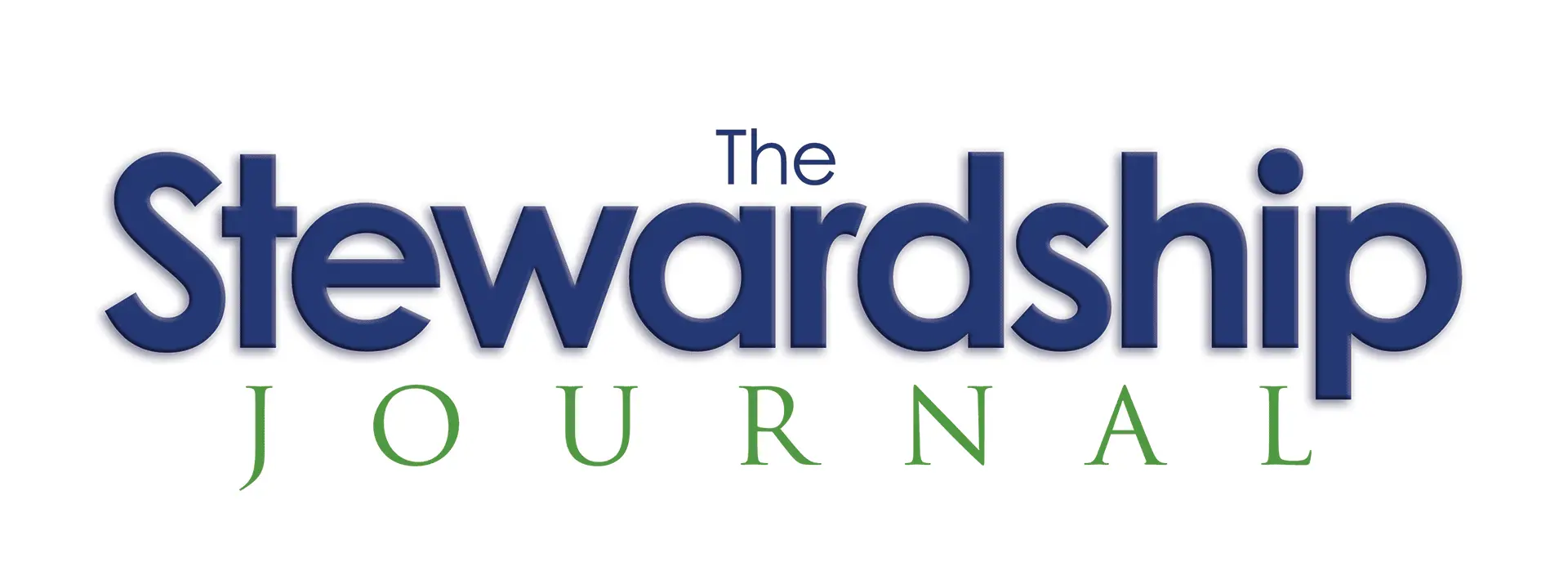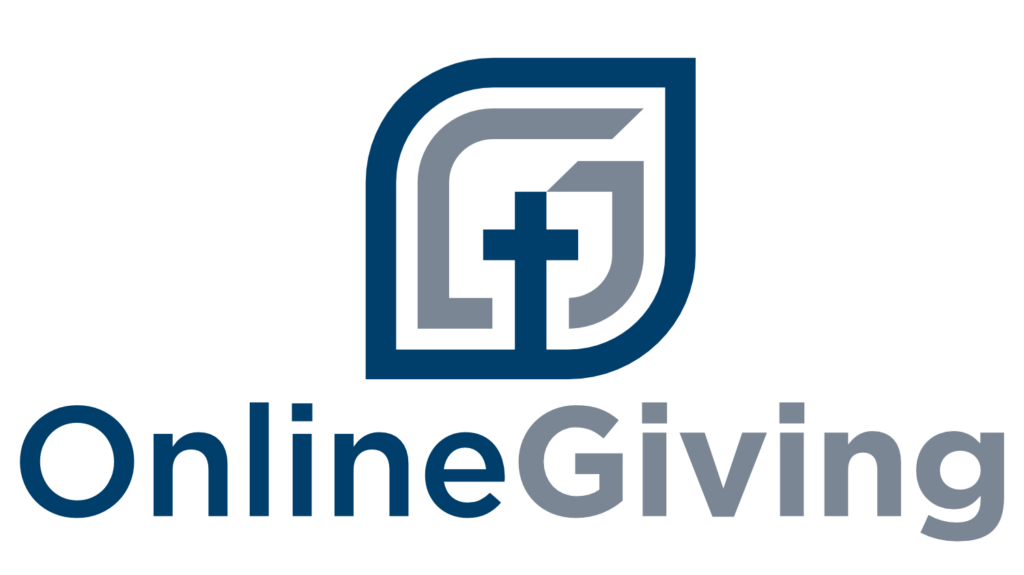How can giving be up when it’s actually down? The 33rd edition of The State of Church Giving through 2021 Intentional Miracles, a highly respected source, reveals some startling facts. In 1933, the worst year of the Depression, Americans gave 3.2% of their Disposable Personal Income (DPI) to the church. Fast-forward to 2021, and Americans that year gave only 1.81%.1.
Every year an organization called empty tomb, inc. (yes, dear reader, all lower-case) puts out what is perhaps the most detailed look at giving in America. The authors of the report, John and Sylvia Ronsvalle, project trends and patterns in American giving. I began reading their research in 2009. They revolutionized how I viewed American giving. I learned from them the value of looking at both sides of the coin. This gives writers on stewardship issues like me an ability to track trends to better understand what future giving might be. As Wall Street says, “The trend is your friend.” Of course, until the trend isn’t friendly that is. Let me explain and then make a few observations about the state of giving.
To accurately track present and future giving, it’s crucial to consider both sides of the giving coin. While the dollar amount given is often the focus, it’s equally, if not more important, to look at giving as a percentage of income. For instance, Americans gave $557 billion to charity in 2023; yet in 2022, they gave only 1.7% of their DPI.2. So, what’s the headline, that giving is up or down? As a stewardship coach, I often find it challenging to persuade church leaders to consider both sides of the coin.
My friend and fellow classmate at Southwestern, Dr. Ronnie Floyd, explained why we must look at both sides of the coin in his book Ten Percent: A Call to Biblical Stewardship:
“You must think about giving from two perspectives, like two sides of a coin. One side reveals the percentage of the donor’s income given. The other side reveals the amount in terms of actual dollar amounts given. So, while giving in terms of amounts has increased, giving as a percentage of income is declining.
If you only look at one side of the coin, it has the potential to create a false sense of security about the financial health of the church. For many, this is what has happened. The decline is so slow that we can’t recognize what is right in front of us.” 3.
Church leaders have been lulled to sleep by a false sense of security by the smallness of each year’s decline. What difference does a declining percentage of giving mean? We often see Baptist Press headlines about Cooperative Program giving being behind by a percent and wonder what the big deal is. Just a few million here or there.
In recent years, agencies have adjusted budgets and worked around declines. It is much the same for local churches. A small decline is manageable. This is why Dr. Floyd makes the point about a false sense of security. We have been caught looking at only one side of a two-sided coin for years.
When leaders were made aware of the small declines, they assumed they would have time at a later date to make corrections. Years of warnings have been ignored. Now, we have no choice but to pay attention to the decline. The decline has picked up the pace, and it’s heading for your church at a pace that will remind you of March 2020 all over again. Except there will be no “miracle” shot to return you to past giving levels. What you experienced for a few weeks in March of 2020 will be your future in the 2030s.
The above is a reason for why church leaders were seemingly unaware of the decline. But what is the result of that delay in action?
The Snowball Effect has picked up momentum and threatens to flatten SBC institutions and churches. What started out as a small snowball of a decline has now accelerated. The proportion of evangelicals who gave money fell sharply from 2021. The proportion of giving to a church fell from 74% to 61%, and the percentage who gave to a nonprofit or ministry outside of church fell from 58% to 50%. The proportion who supported neither one rose from 19% to 31% in the past three years. That snowball will soon be an avalanche wiping out thousands of churches in 2030.4.
I’ve been writing and speaking on the two-sided coin of giving since 2009. Since the fall of 2019, I’ve spoken to local, state, and denominational executives, their second-in-command people, and SBC institutional and state institutional leaders on this issue. I sit in the State Executive’s offices with proposals to avoid this. They are polite, nod in agreement, and promise to consider my proposal. After I leave, they return to the crushing responsibilities of keeping their state afloat. I’m forgotten about by the next morning.
In April 2023, I was invited to speak at the Executive Committee’s Cooperative Program Retreat. There, I issued a warning and challenge to State CP directors about the two-sided coin and what it will mean to Southern Baptists. Everyone was polite. Everyone promised that this time, they would act. I even received an invitation to talk to every state Executive Director. Then, another controversy hit the EC, and that never happened. For the most part, it was a bunch of people sitting around a table talking and doing nothing about the problem but feeling good they had the conversation.
Three state conventions, Missouri, Mississippi, and Louisiana, are working with me, to produce a platform for the SBC to help pastors receive this newsletter. For many pastors, I am their only source of information and help regarding stewardship. It’s a start, but it needs to be national.
The truth is we have no strategy or plan to meet this avalanche. To be very frank, few, if any, of our major leaders have a plan other than selling off property. When donors see an institution selling property, they know trouble is brewing. It’s time for our SBC leadership to admit to the rank and file how bad things are. Every day we delay action, we further endanger not only our institutions but our local churches.
It’s time to stop kicking the can. The longer we wait to act, the harder it will be to reverse the current decline. The more we will see colleges and seminaries adopting a survival mentality, selling assets and property to survive, the more we will lose thousands of churches, Gospel lighthouses in communities around the globe. The sad thing is nobody is doing anything about it.
I’m a Boomer. I hate to admit it, but my time is about up. What I want to do is quit. I’ve written and talked until I am blue in the face. I don’t have the platform to make a difference anyway, nor to gain the attention of those who could act. My friends who used to be in those places are now retired. Who is going to address this issue for Southern Baptists?
I will, until the day I die. What I want to know is, is there anyone that will stand with me? Anyone?
- John and Sylvia Ronsvalle, The State of Church Giving through 2021. (Champaign: empty tomb, inc., 2024), 12.
- https://www.thegenerositycommission.org/wp-content/uploads/2024/07/Generosity-Commission_Landscape-Analysis_072424_Final.pdf?goal=0_b82a25e92a-3e63e6de59-429417656&mc_cid=3e63e6de59&mc_eid=b3d6b62414
- Floyd, Dr. Ronnie, Ten Percent: A Call to Biblical Stewardship. (Nashville: Baptist Press, 2020), 6.
- Infinity Concepts | Grey Matter Research, The Giving Gap: Changes In Evangelical Generosity. 2024 report.


